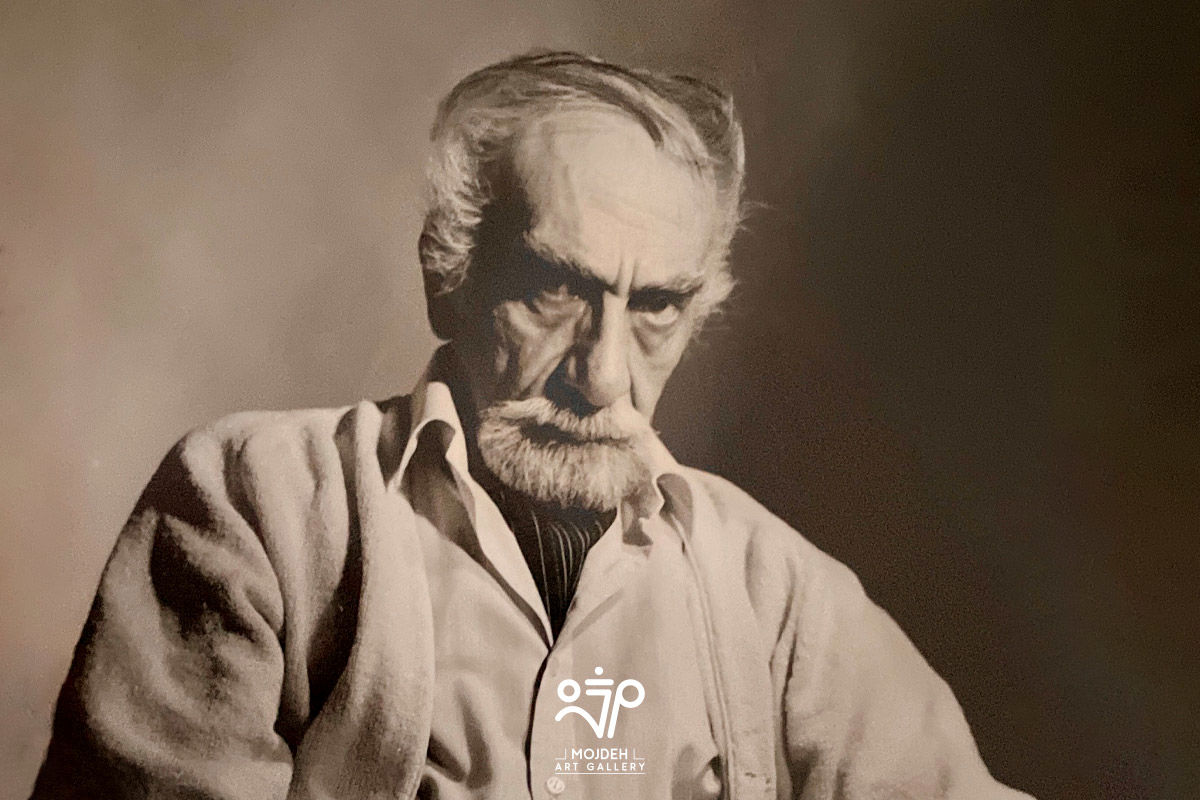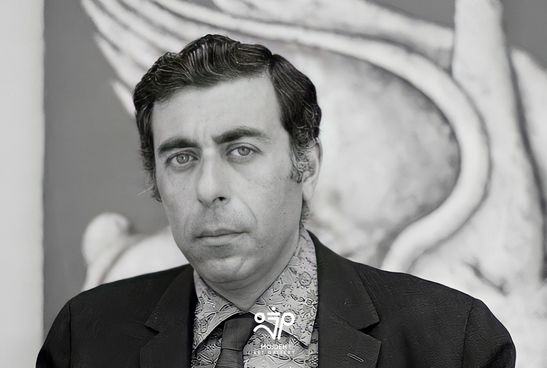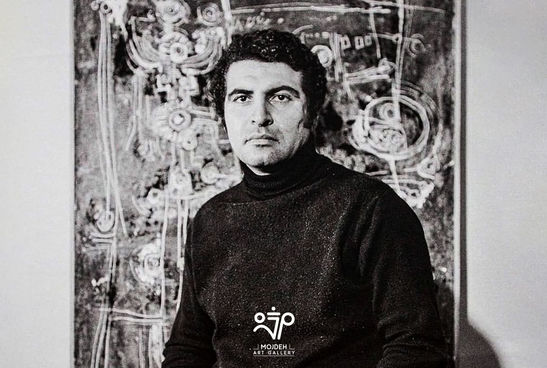Hossein Kazemi

Hossein Kazemi is a prominent Iranian painter, born in 1924 in Tehran. One of Kazemi's most significant interests since his youth and receiving a university degree from the Faculty of Decorative Arts has been nature and its elements. Although Kazemi has dealt with nature and its resulting abstraction in form, in terms of expressive content, he is more than anything else fond of mysticism, the Eastern expression of mysticism, and the tranquility arising from it. Thus, although Kazemi learned his formal elements during his university education and with the principles of Western art, his expression shows a kind of Eastern art and is rooted in Iranian mysticism: a mysticism in which everything tends from plurality to unity and a central element can be found for each ritual. Kazemi reduces nature's branches and leaves, minimizes representative elements, blends lines, and grinds color. On the other hand, a kind of rhythmic and lyrical expression can be traced in Kazemi's works, similar to which can only be found and traced in Western modern art and among abstract artists. Flowers can probably be considered a prototype of Kazemi's works; a recurring and meaningful motif in many of his paintings. Among the flowers, the one that most attracted Kazemi's attention is the "Colchicum" or "Autumn Crocus" in Western languages. Many legends and stories have been attributed to this flower in folk tales and literature: for example, it is said that this flower only blooms in late February and early March, but for some reason, birds do not approach it. Then, this flower blooms again in early autumn, eager to feel and see the birds, but again the birds do not approach it, and it withers again. This blooming and withering, in Kazemi's expression, is manifested and stabilized with colors, lines, and forms with a repetition coefficient, thus turning the field of visual expression into a field for multiple parallel expressions. Kazemi passed away in Paris in 1996, leaving behind a significant volume of paintings that are sometimes considered among the most important works of modern Iranian art.
Sohrab Ahmadi


